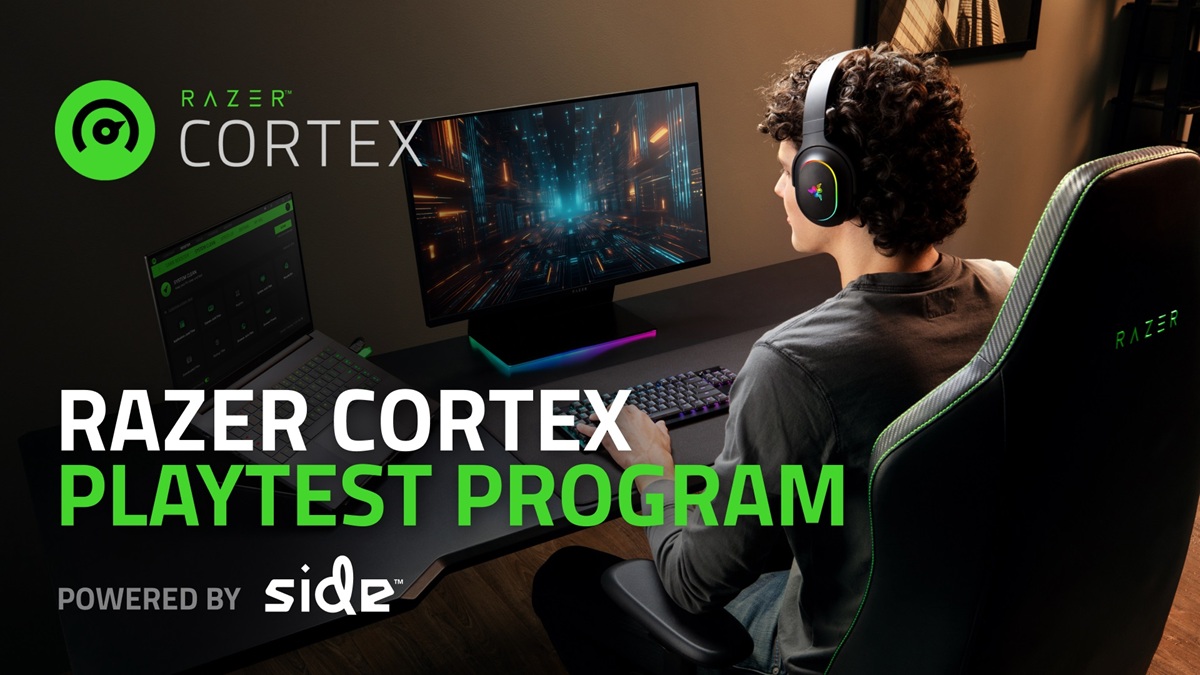Side and Razer are teaming up to create a new kind of mass playtesting tool for the game industry using AI.
Made possible by leveraging Side’s proprietary AI technology, playtest data is simultaneously used to improve quality assurance results – an industry first. Based on pricing comparisons from major playtest providers, it could reduce playtesting costs by 80% in some cases. In this case, Side provides the testing tech and Razer provides more than 55 million gamers, who will sign NDAs for early game build tests.

Unlock premium content and VIP community perks with GB M A X!
Join now to enjoy our free and premium membership perks.
![]()

![]()